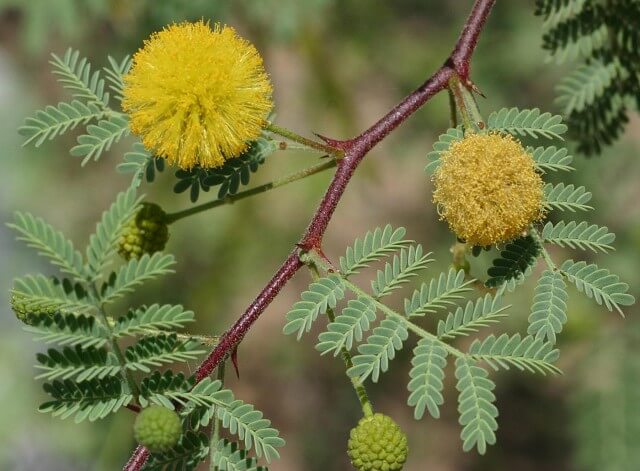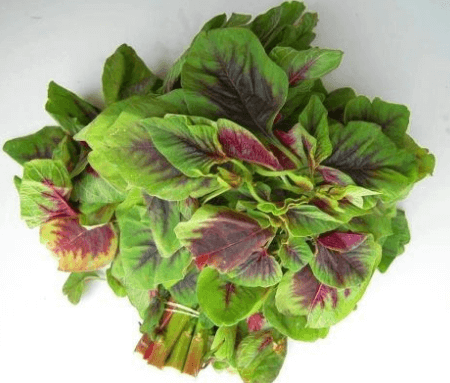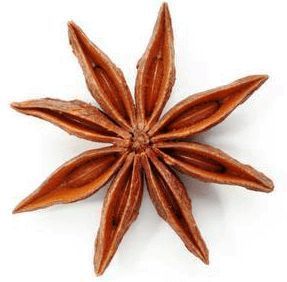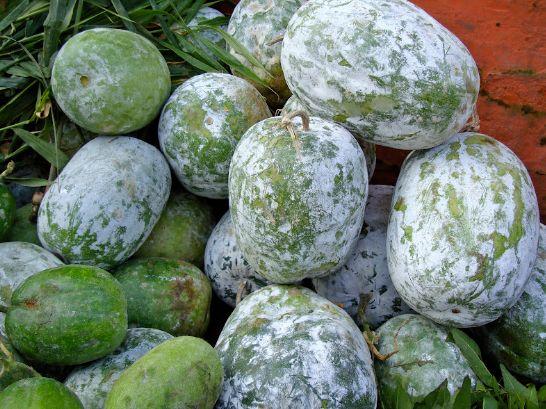Chervil -(Anthriscus cerefolium) Umbelliferae Annual
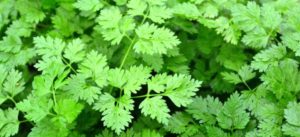
Chervil is a spicy – tasting herb with delicately cut foliage resembling fine, green lace. It is propagated by seed in spring, and where winters are mild, in autumn as well. Where summers are very hot it likes semi-shade and frequent watering. In winter it thrives in sunlight, even for only half a day. Our sunlight, even for only half a day. Our chervil bed in the herb garden happens to be in an ideal spot. It is partly shaded in summer and exposed to much more light in winter – the sun being angled differently in these two seasons. If you have sheltered spot in your garden where the conditions are similar, put your chervil there, otherwise you could grow it under a deciduous tree that has a thin leaf cover so that the plants will have broken sunlight and air in summer, and in winter, when the leave have fallen, the sunshine will filter through the bare branches. Chervil prefers average, moist soil. Its normal height when fully grown is 30 cm (12 inches). The white parsley- type flowers appear in early spring, and , in warm climates in autumn too. When the blooms have faded and produced seed, if allowed to fall they will usually germinate, especially during drizzly weather or if the surface is kept moist. However, if you wish to be seeds when ripe, and plant them in soil that has been finely dug over and enriched with some compost or a little poultry manure. You will soon be rewarded with another crop. Chervil was a favourite of the Romans, who took the herb with them (amongst many other ) wherever they created new homes in the lands they occupied. It is a nutritious and flavorsome addition to food, and has medicinal properties as well. On the Continent it is customary to serve chervil soup on Holy Thursday. It has also confusingly been called sweet cicely (Myrrhis odorata), which it resembles. Another herb bearing a close likeness to chervil is hemlock (conium maculatum), a poisonous, though medicinal herb which should not be taken unless prepared correctly by a herbal medicine practitioner.
Astrologers agree that chervil is ruled by Jupiter.
Uses :
Culinary – there are four culinary herbs which make a choice and savoury bouquet called fines herbes, the other being tarragon, parsley and chives, and sometimes lemon thyme as well. When finely chopped and mixed in equal proportions they flavour and garnish omelettes, herb sandwiches to accompany soups or entrees, and add fragrance to green salads. Sprinkle over cooked chicken and fish, or fold into a sauce to accompany them. Stir into seafood or poultry mornays. In fact, the blend is not meant to flavour and embellish robust- tasting food, its role is to subtly en hence the flavour of otherwise bland dishes. Chervil on its own may be used in the same way as fines herbes. It should be added either at the end of the cooking time or about five minutes before. Two or three teaspoons (or more0 of the chopped leaves may be stirred into scrambled eggs, cream cheese, mashed potato, and into a smooth sauce. To make chervil soup, use as a base a mixture of pureed vegetables and chicken stock, and stir in a generous quantity of the finely chopped green leaves just before serving.
Medicinal – in spring, the leaves of chervil have traditionally been eaten to purify the blood and to rid the body of excess fluids. It is said to stimulate the glands and to benefit the kidneys. It glands and to benefit the kidneys. It also relieves rheumatism and gout. An old remedy was to apply a warm chervil poultice to painful joints. It is believed to have rejuvenating qualities and to act as a tonic. The volatile oil extracted from the plant has a similar aroma to myrrh.

